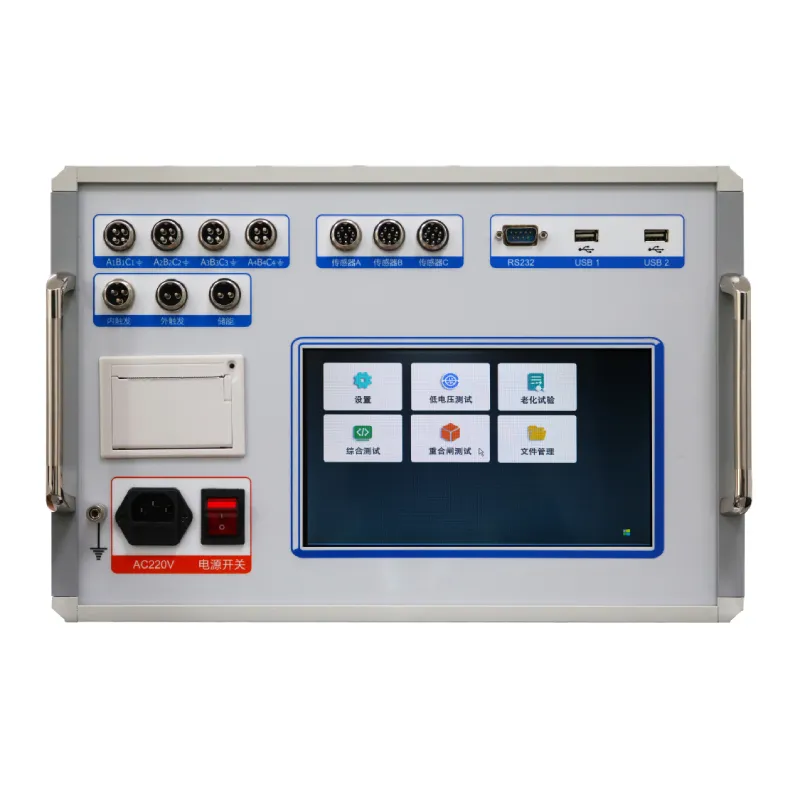 English
English


Audio impedance measurement device for testing speaker and headphone performance
Understanding Audio Impedance Testers A Comprehensive Guide
In the world of audio engineering, ensuring that equipment performs optimally is vital for achieving the best sound quality. One crucial aspect of this is understanding and measuring audio impedance, which can dramatically affect audio performance. An audio impedance tester is a specialized tool designed to measure the impedance of audio components and systems, offering insights that can aid in troubleshooting and optimizing audio setups.
What is Audio Impedance?
Impedance, in the realm of audio, is a measure of how much a device resists the flow of electrical current when a voltage is applied. It is measured in ohms (Ω) and can vary with frequency. Understanding the impedance of speakers, microphones, and other audio devices is essential because it can influence various factors such as power transfer, sound quality, and the performance of amplifiers.
Why Use an Audio Impedance Tester?
An audio impedance tester serves several important functions in both professional and amateur audio settings. Firstly, it helps ensure compatibility between audio components. For instance, if an amplifier is designed for speakers with an impedance of 8 ohms, connecting it to a 4-ohm speaker can lead to increased heat and potential damage to both the amp and the speaker. Using an impedance tester allows users to verify that their equipment matches specifications.
Additionally, these testers can help diagnose issues within an audio system. Changes in impedance readings can indicate problems such as damaged cables, faulty drivers, or speaker issues. By identifying these issues early, users can avoid further damage and ensure uninterrupted performance.
How Does an Audio Impedance Tester Work?
audio impedance tester

Audio impedance testers generally operate on the principle of applying a known voltage to a speaker or audio component and measuring the current that flows through it. The tester calculates impedance using Ohm's law (V=IR), where V is voltage, I is current, and R is resistance. Modern testers may also provide frequency-specific measurements, allowing users to see how impedance changes across the audio spectrum, which is crucial for tuning systems and ensuring a flat frequency response.
Choosing the Right Audio Impedance Tester
When selecting an audio impedance tester, it's important to consider the range of impedance values supported, the frequency response capability, and the ease of use. Some testers come with additional features like built-in functionality for measuring other parameters, including capacitance and inductance. For professionals, portability and durability are also significant factors, especially for fieldwork.
Applications in Audio Design and Repair
In audio design, impedance testing is a key part of the development process. Engineers often use impedance measurements to optimize speaker and microphone designs, ensuring that they will work effectively with a range of amplifiers and audio interfaces. For repair technicians, being able to quickly assess impedance can drastically reduce the time spent diagnosing and fixing problems.
Conclusion
In summary, audio impedance testers are invaluable tools for anyone working in audio production, from musicians to engineers. They play a critical role in ensuring that audio systems operate efficiently and effectively. By providing insights into the impedance characteristics of audio components, these testers not only enhance sound quality but also help protect equipment from potential damage. As the world of audio technology continues to evolve, the importance of understanding and utilizing impedance measurement will remain a cornerstone of high-quality audio production and performance.
-
Differences between open cup flash point tester and closed cup flash point testerNewsOct.31,2024
-
The Reliable Load Tap ChangerNewsOct.23,2024
-
The Essential Guide to Hipot TestersNewsOct.23,2024
-
The Digital Insulation TesterNewsOct.23,2024
-
The Best Earth Loop Impedance Tester for SaleNewsOct.23,2024
-
Tan Delta Tester--The Essential Tool for Electrical Insulation TestingNewsOct.23,2024





